Once upon a Time in Tehran: 20 photos of pre-revolutionary Iran that will amaze you
We present photos of Iran taken at a time when skirts were short, dancing was energetic, and the United States was not enemy number 1.
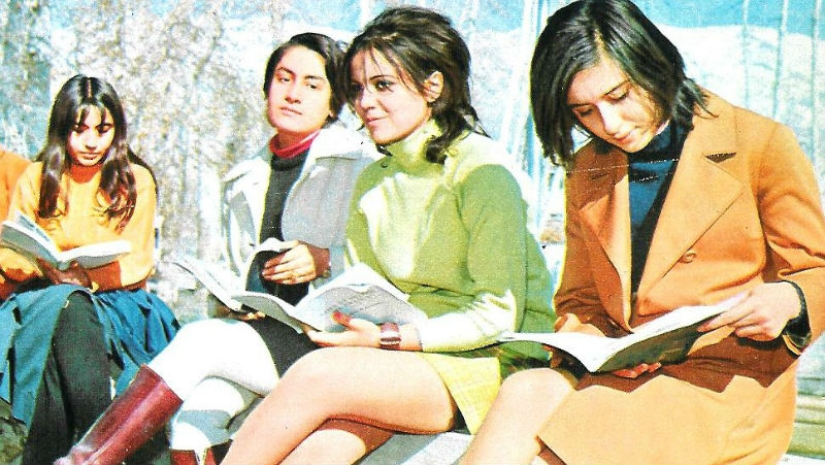
When Westerners hear the word "Iran" today, they think of veiled women, burning American flags, and angry crowds shouting nationalist slogans. But those who have retained memories of Tehran in the 1960s and 70s paint a completely different picture.
Before the 1979 Islamic Revolution, the capital of Iran was one of the most culturally advanced in the world. The New York Times wrote: "Before the revolution, Iran was the most cultured and multi-ethnic country in the region. The art, literature, film and television industries developed rapidly there." Both men and women could receive education, and residents went on vacation to ski resorts near Mount Elbrus.
Kaveh Farrokh now lives in Canada, but remembers spending his youth in Iran, when you could watch American movies in high-end cinemas and wander around the airport, stuffed with advanced technologies of the time.
However, the sweet life was not for all Iranians. The social and economic inequality created by the government of the Shah of Iran has led to the poverty of some and the incredible wealth of others. Such contrasts led to the fall of the Shah's government and the 1979 Islamic Revolution, the consequences of which still determine the country's course.
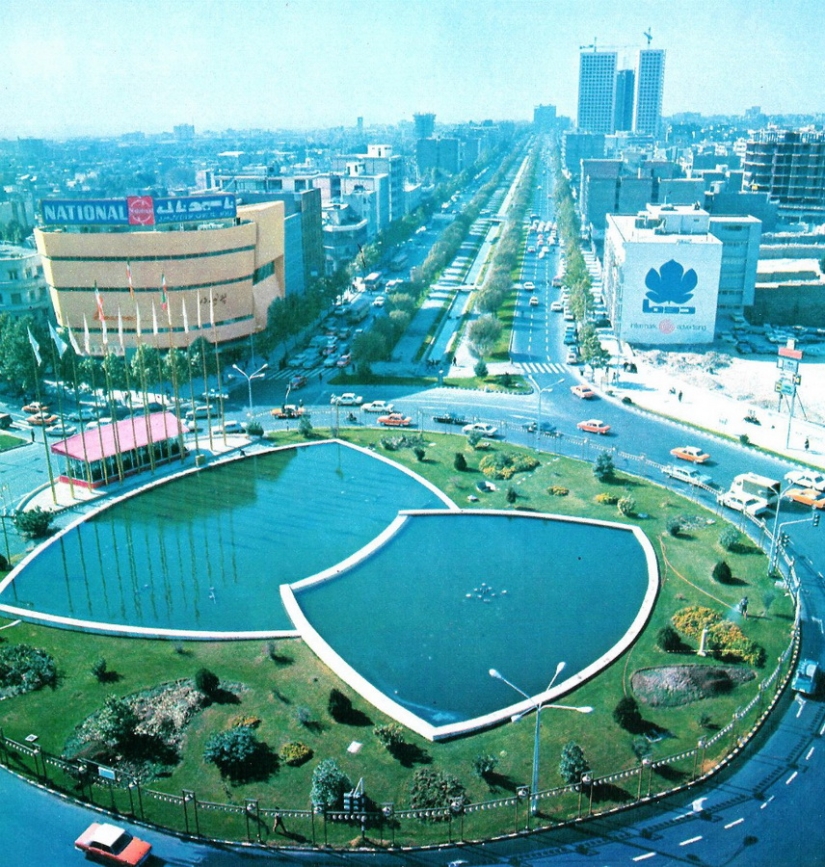
1. Aerial view of the Vali Asr Square in 1971.
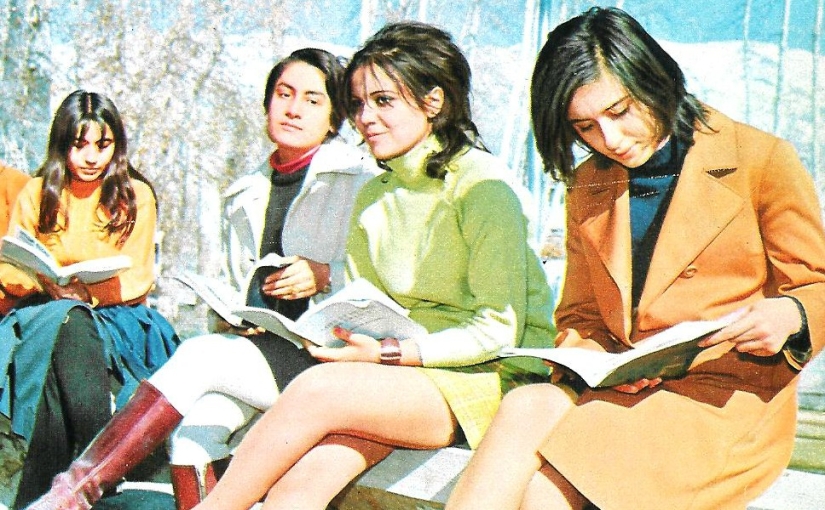
2. Female students in the park of the University of Tehran in 1971. Women began to be admitted to university in 1934, long before the same thing happened in the United States. After the revolution, women can still receive education, but now they must only be in separate rooms. No one even talks about mini-skirts anymore. But even with this openness, in 1977, only 35% of women in Tehran were educated.
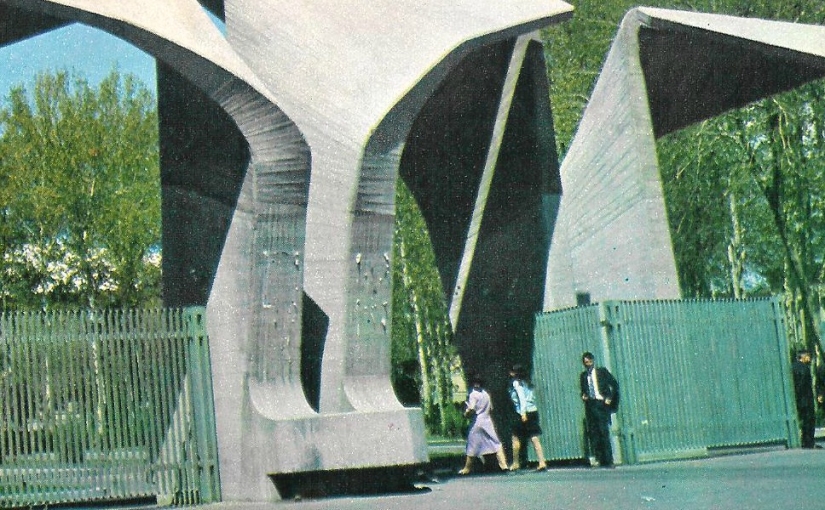
3. The gateway to the University of Tehran in 1971. After the revolution, the university courtyard was used for mass prayers on Fridays.
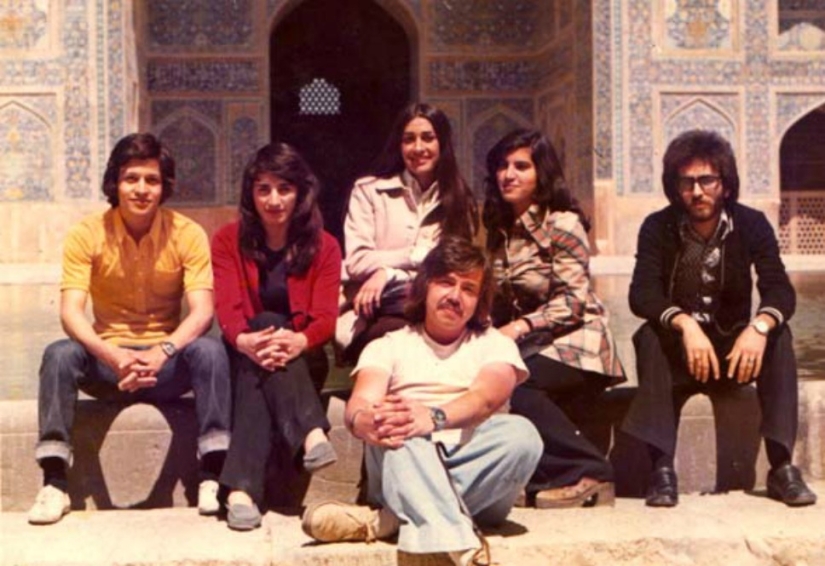
4. University students in 1970. Although religious studies was a popular subject, lectures in mathematics, astronomy, medicine, and literature were also attended by a large number of students. Today, the University of Tehran has about 35,000 full-time and part-time students.
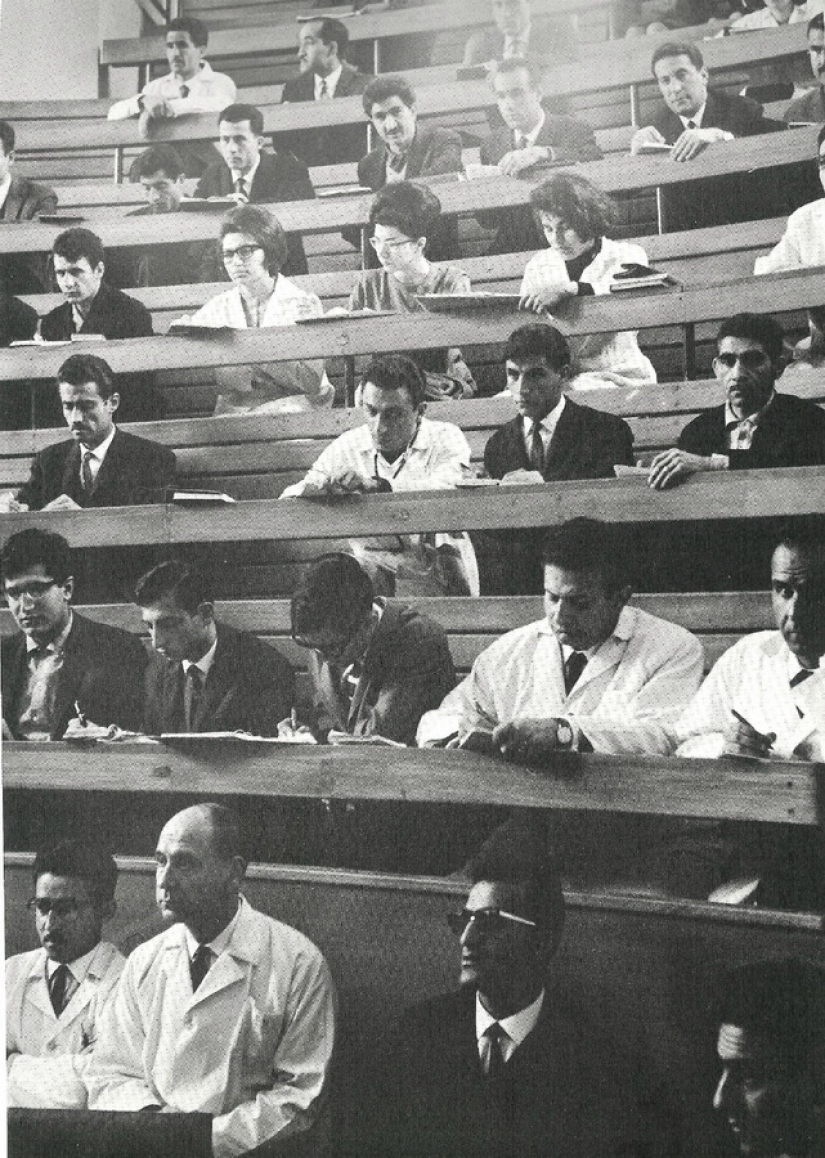
5. Students of the medical specialty. The university now has a library of 17,000 handwritten volumes in Farsi, Arabic, and Turkish.
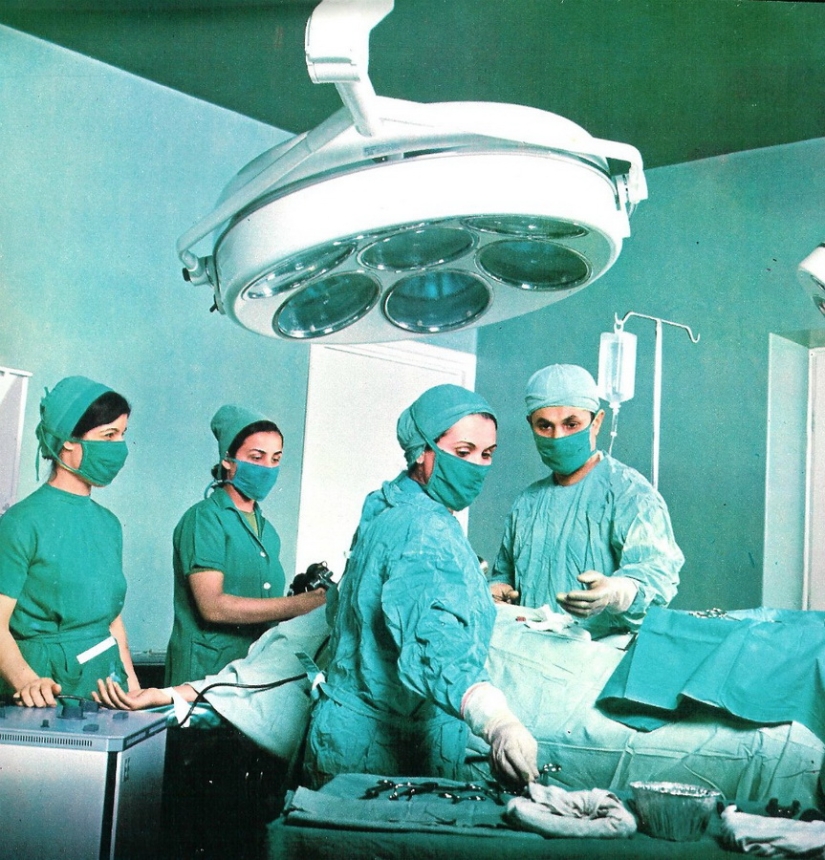
6. Operating room of a hospital in Tehran in 1971. By the end of the Shah's reign, Iran's 34 million people were treated by just 15,000 doctors, causing huge problems with medicine, especially outside of major centers like Tehran.
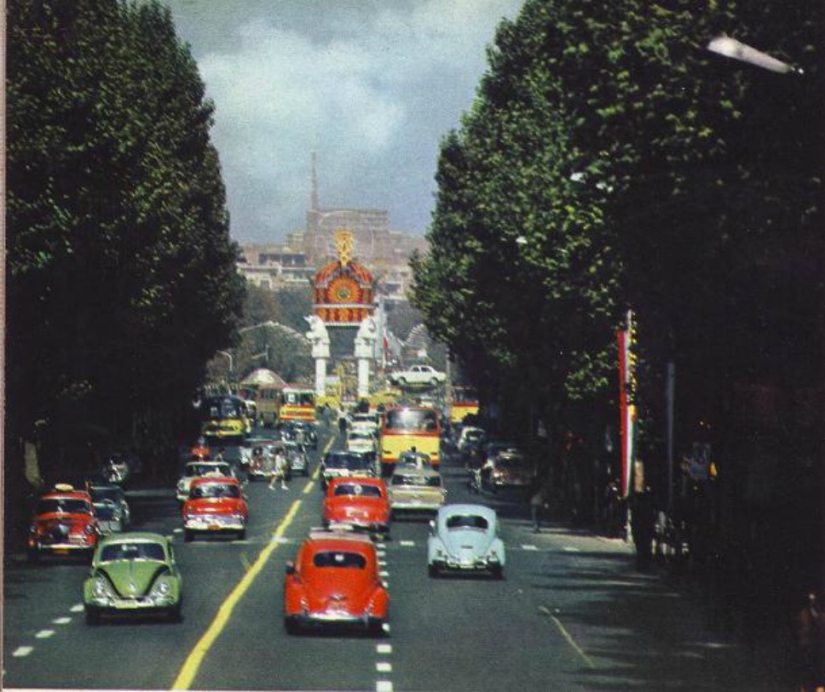
7. Vali Asr Street, which was formerly called Pahlavi Street in honor of the ruling dynasty, in 1960. Surrounded by trees, this street is one of the busiest in Tehran.
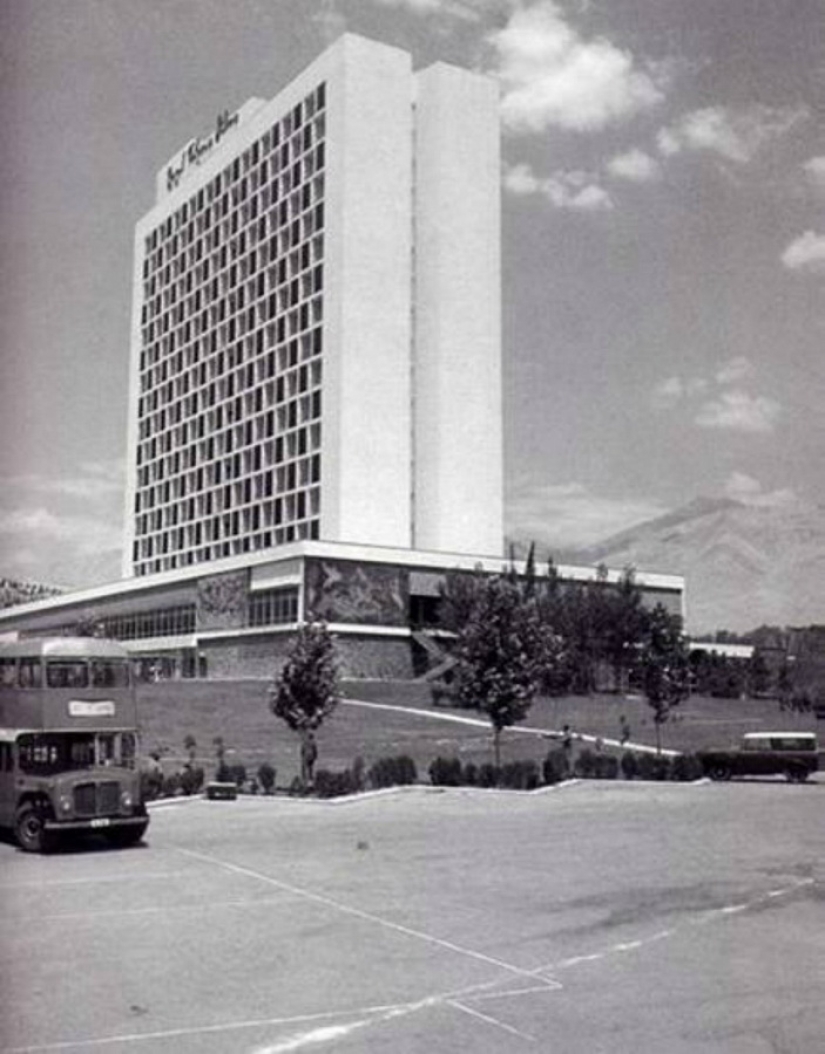
8. The Hilton Hotel in Tehran, 1961. It is now called Esteghlal International Hotel. Farrokh says that in the 60s, it was possible to gather here for a walk with friends, but when he was in the city in 2001, he found that the building was surrounded by various industrial buildings.
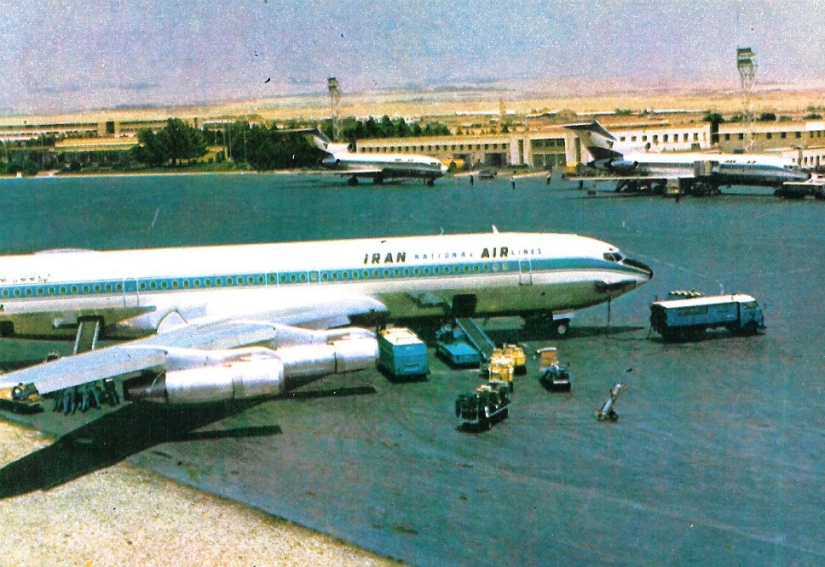
9. Mehrabad International Airport in 1971. Mehrabad was supposed to be one of the busiest and most modern airports in Western Asia, but the revolution significantly reduced the influx of tourists. In the 1960s, when air travel was still a novelty for people, and airports were fascinating for their uniqueness, Mehrabad was home to popular jazz cafes. Currently, most international flights are accepted by Imam Khomeini International Airport.
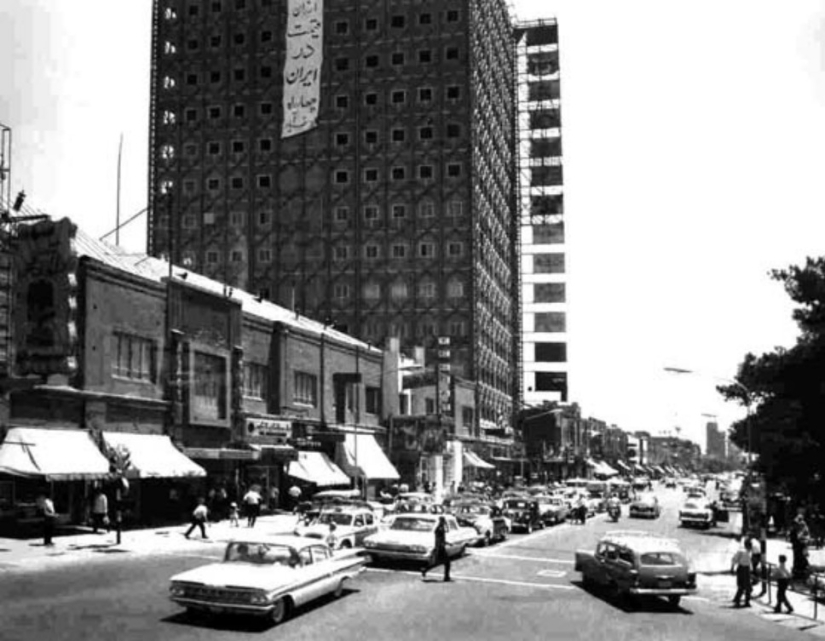
10. Photo of a street in Istanbul in 1965. Fancy American cars were not uncommon on the streets of Tehran. To visit the capital of Iran at that time was considered as prestigious as to go to New York or Paris.
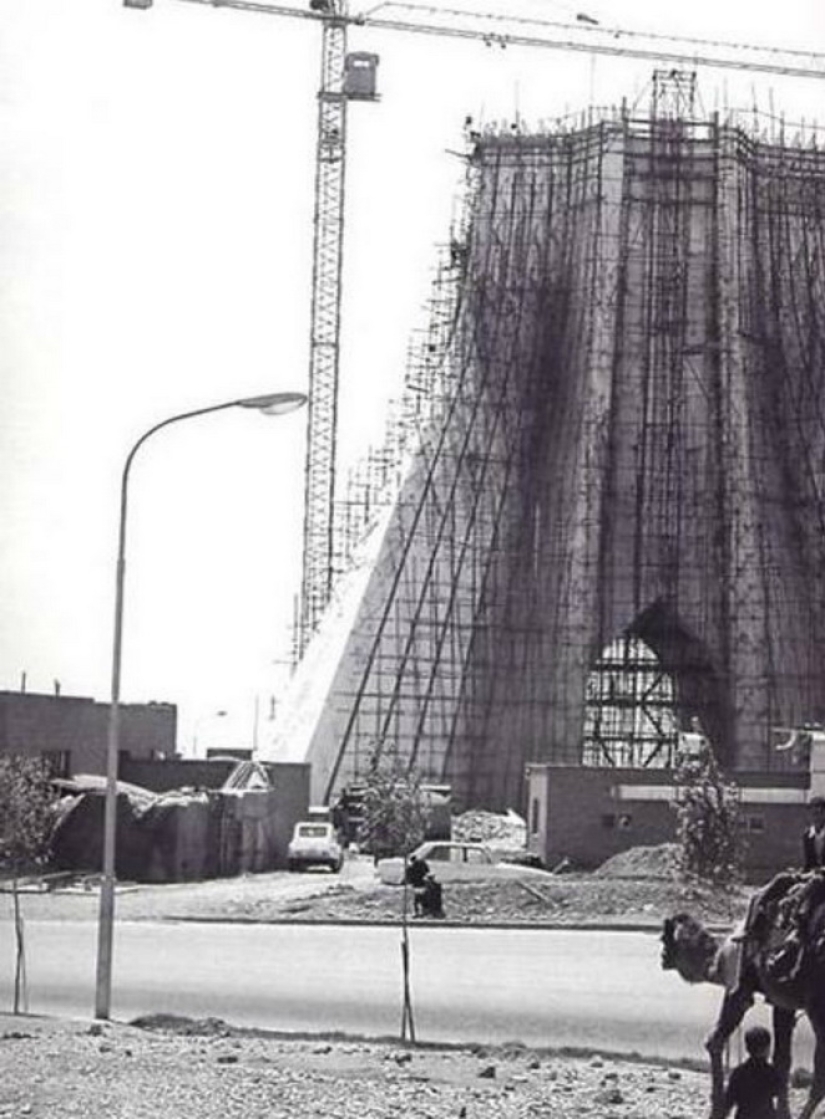
11. The Tower of the Memory of the Kings in Tehran (in 1979, it was renamed the Freedom Tower, or Azadi Tower) during construction in 1966. Later, the monument became closely associated with the city, and Farrokh calls it the "Eiffel Tower of Tehran".
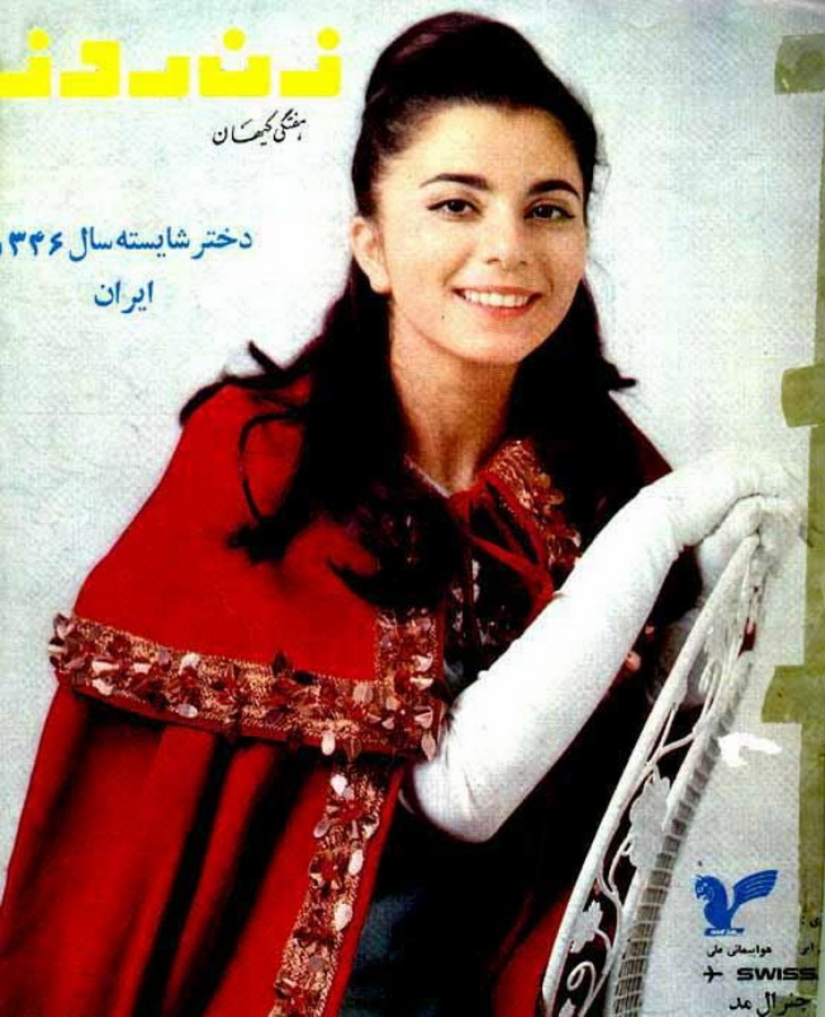
12. "Miss Iran" 1967 Shahla Wahabjadi. The beauty contest was held at the Hilton Hotel, where the contestants fought for the title of the most beautiful girl in the country.
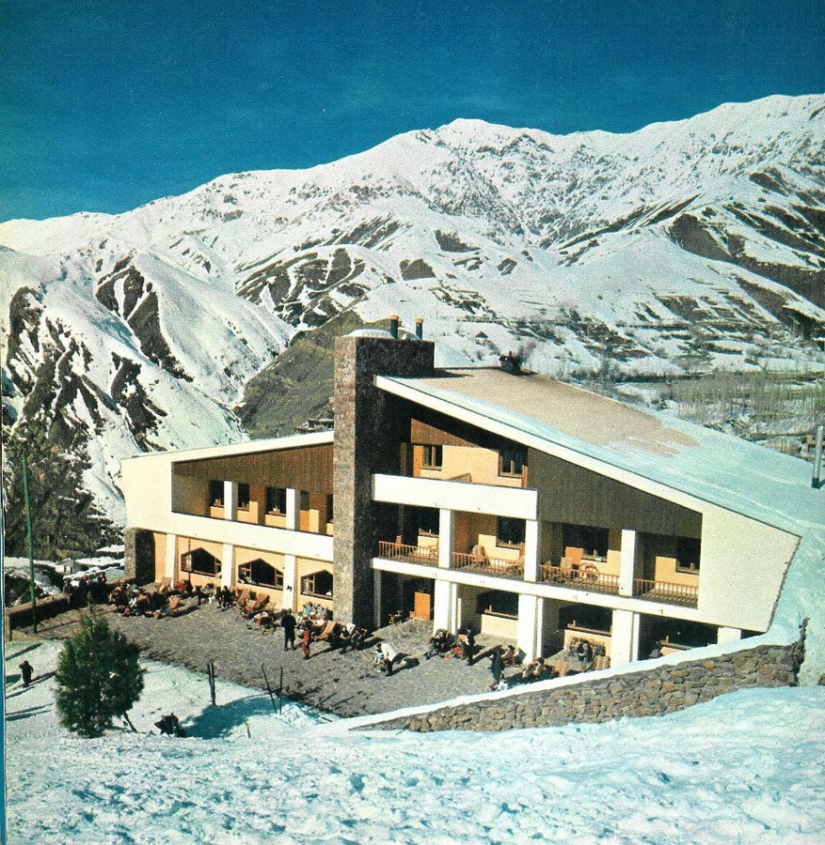
13. Shemshak ski resort in 1971.
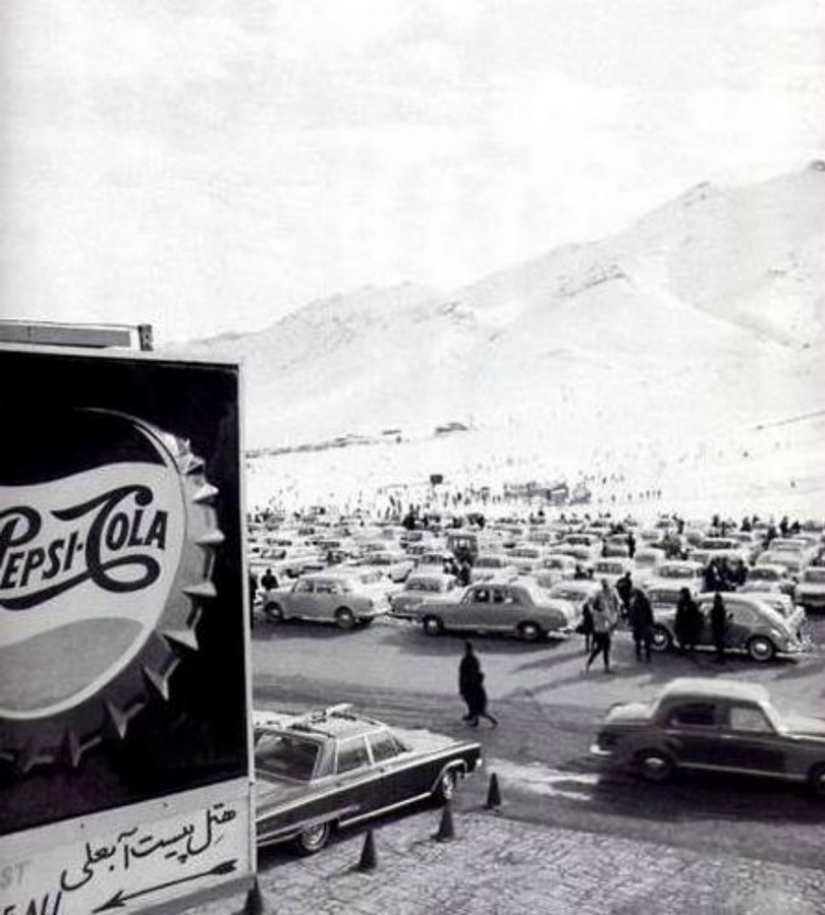
14. Abali ski resort in 1966.
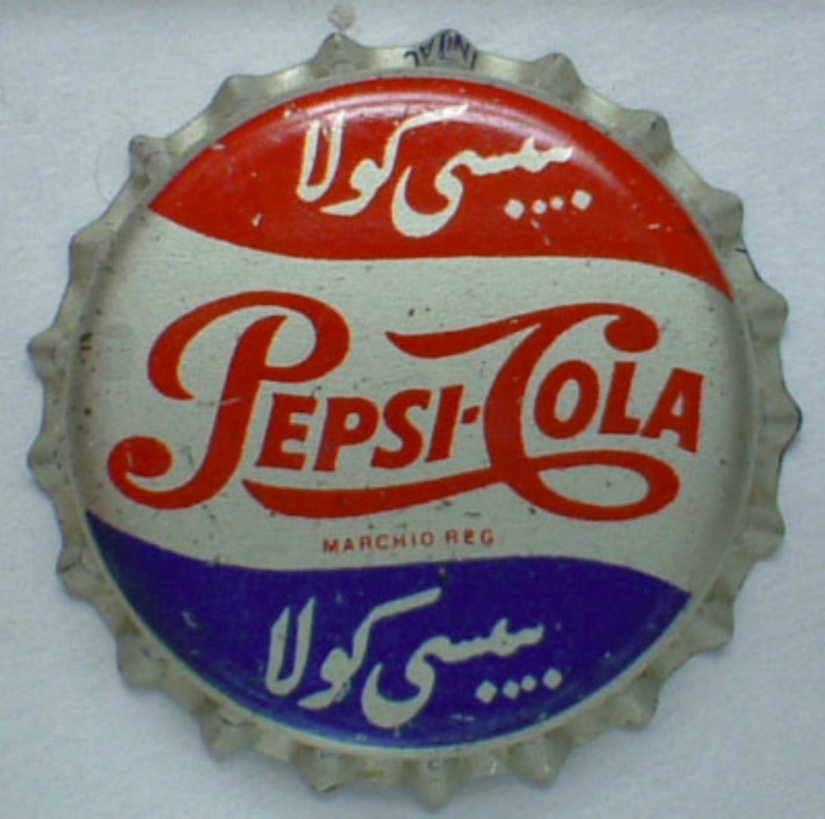
15. A Pepsi-cola lid from Iran in the 1970s. Farrokh says that Teherans have always found their pepsi tastier than the American original.
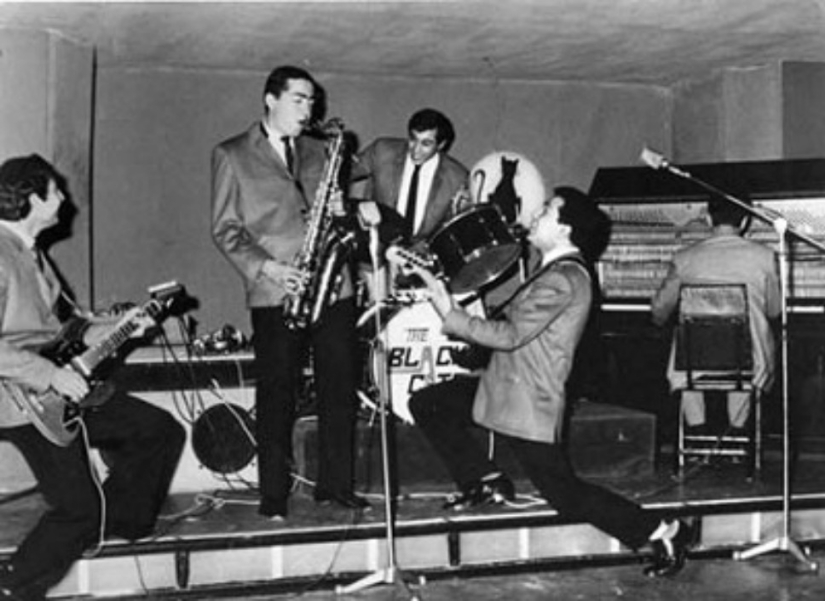
16. An Iranian rock and jazz band called "the Black Cats".
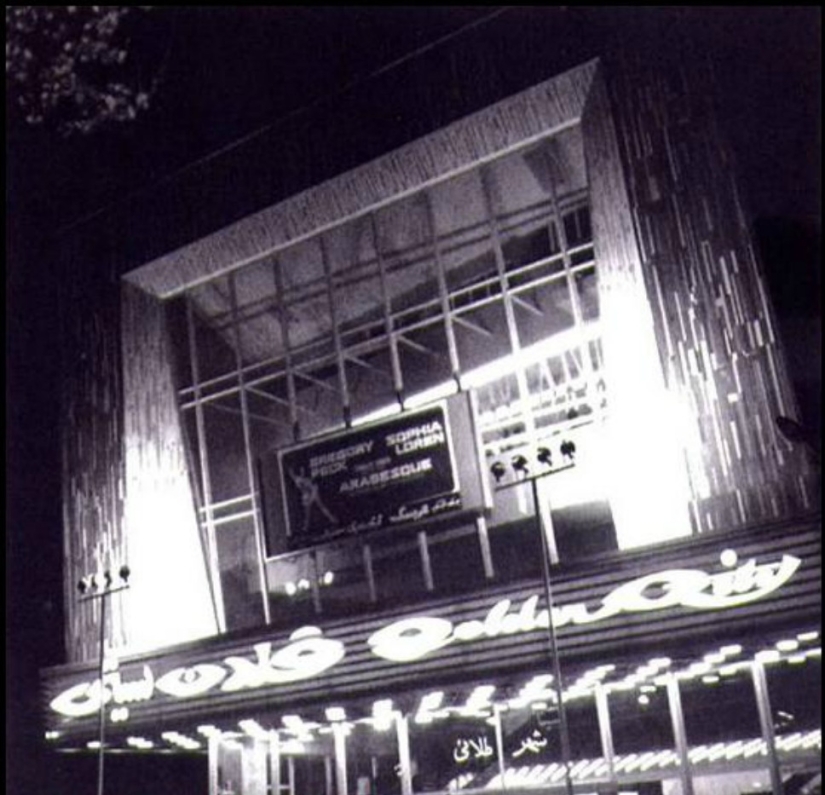
17. Golden City Cinema in 1971. The poster shows the name of Arabesque-a film with Gregory Peck and Sophie Lauren.
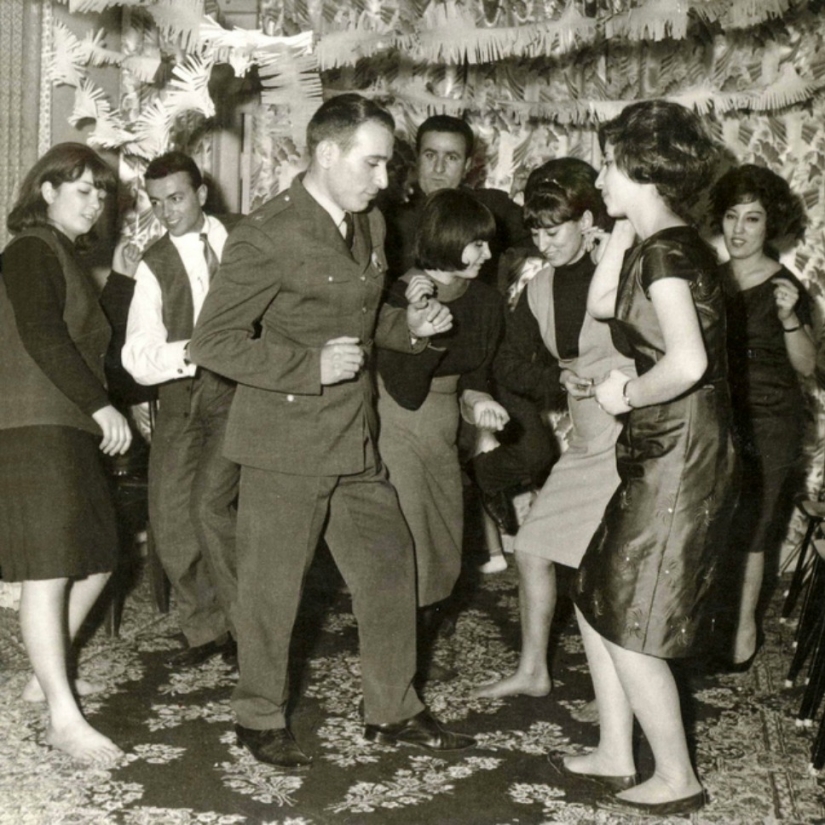
18. A twist in Tehran? The cream of Tehran society took off their shoes and danced to rock ' n ' roll in the early 60s.
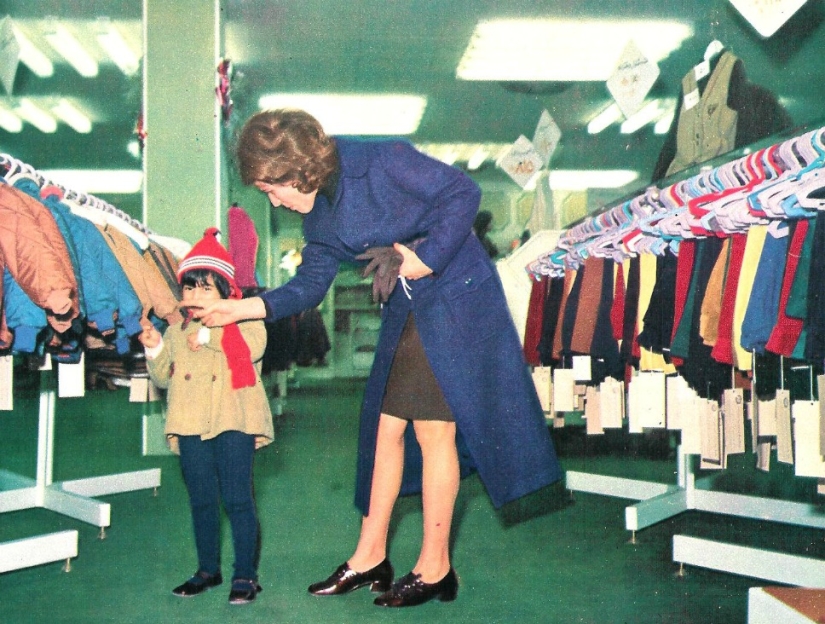
19. Mother and son in the children's department of a department store in Tehran in 1971. In the Kourosh department store, in addition to the chic clothing for men and women, there was also a luxury restaurant on the top floor.
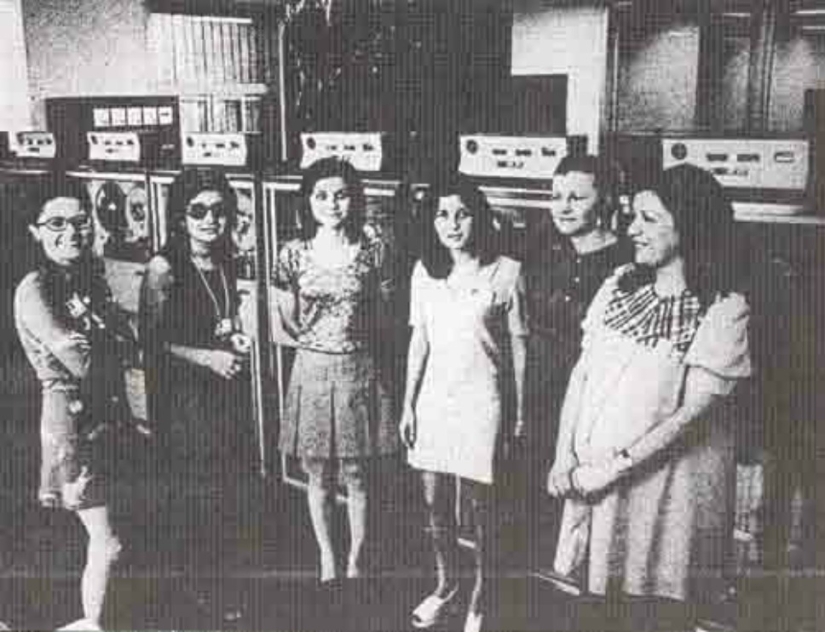
20. Radio station of Iran in the early 70s. The state-owned broadcasting company, National Radio and Television of Iran, was founded in 1971 by Rezo Ghotbi, a close relative of the former Queen of Iran. Gotby now resides in the United States.
Keywords: Iran | Asia | History | Tehran | 60s | Changes | Then and now | 70s
Post News ArticleRecent articles

When we use some things from day to day, we stop noticing how they change over time. The same applies to people themselves: we see ...

It turns out that in some countries of Europe and Asia there is simply no central heating, but the locals do not freeze there at ...
Related articles

If you have ever complained that there is not enough space for three people in the kitchen in your apartment, then it is better to ...

Since 1970‑ies in the neighboring cities of Rostov-on-don, Shakhty and Taganrog was sent to jail 37 serial killers, who killed ...

When 19-year-old Marilyn Monroe started to pose for Earl Moran in 1946, she still dreamed of becoming an actress. Moran's already ...

American photographer Davide Sorrenti is considered by many to be a classic of "heroin chic" and a champion of ...